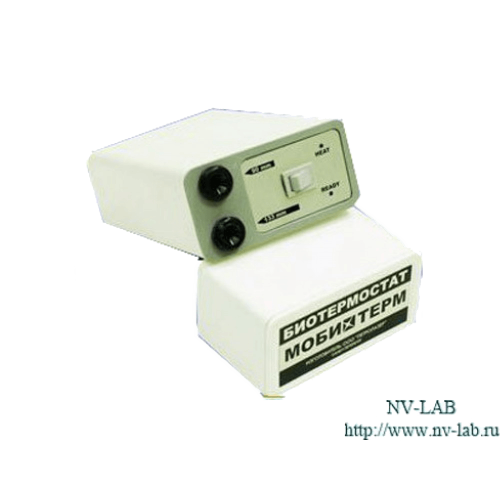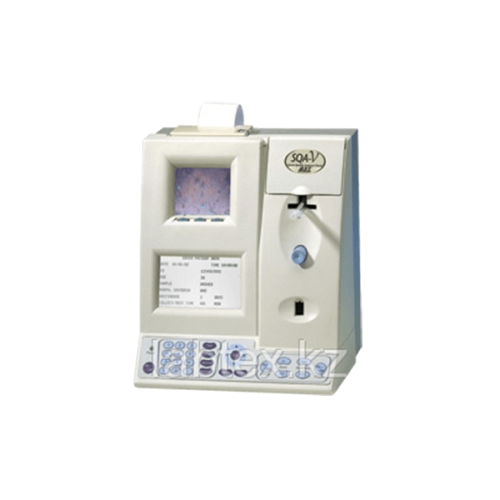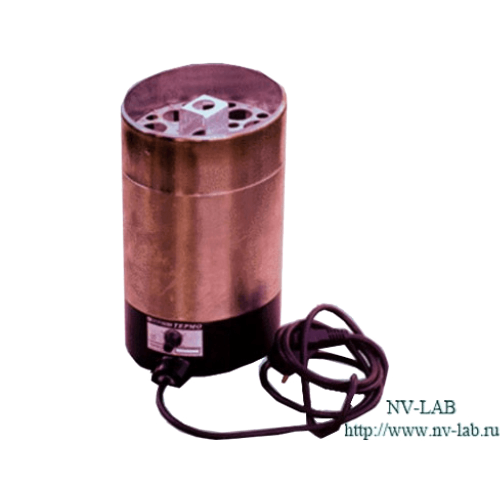| measuring part |
– Light sources – two LEDs for the mobility channel and the spectrophotometer channel
– Detector system – two photodetectors for mobility and optical density |
| Sample types |
– Fresh sperm
– Frozen sperm |
| Specificity |
– Concentration: 85%
– Mobility: 80% |
| Sensitivity |
– Concentration: 90%
– Mobility: 85% |
| Correlation with manual method |
– Concentration: 0.90
– Mobility: 0.85 |
| Imaging department |
– Lighting system with white LED
– CCD matrix, 330 TV lines
– Lens: standard, 20x
– Signal output: PAL standard
– Optical zoom 300x – 500x
– Focus control |
| Displays |
– Operation LCD with backlight (16 lines x 40 characters)
– Video LCD with backlight (8 x 10 cm) |
| Printer |
– Built-in, dot matrix
– Paper (58mm), 20 characters per line
– Tape cassette |
| Keyboard |
– Function keys
– Numeric keys
– Arrow keys
– Video control keys |
| Interfaces |
– Video output connector (RCA)
– RS-232 cable connector |
| Sample testing fixtures |
– Measuring capillary: disposable, plastic, force-filled
– Standard laboratory microscope slide: 20 micron depth, 22 x 22 mm coverslip |
| Memory |
– 500 test results
– 500 QC measurements |
| Analysis time |
60 seconds |
| Sample testing temperature |
The instrument is calibrated to operate at room temperature. Mobility results will be incorrect when samples are heated |
| Signals |
– Mobility channel input: analog, up to 5V
– Spectrophotometer channel input: modulated (1 kHz), analog, up to 5V |
| Quality control |
– Internal: Electronic self-check test and auto-calibration
– External: Automatic using control materials |
| Dimensions |
40 x 30 x 15 cm |
| Weight |
4 kg |
| Nutrition |
100 – 250 V AC, 50/60 Hz |
| System requirements for B-Sperm software |
CPU 1GHz or higher, RAM 256 MB, 200 MB free HDD space, AGP-Video video card with at least 16 MB RAM, Monitor 15″ with a minimum resolution of 640 x 480 and 16-bit color, Operating system Wind-ws 98/200/ XP, DirectX, DivX, RS-232 and two USB ports |





